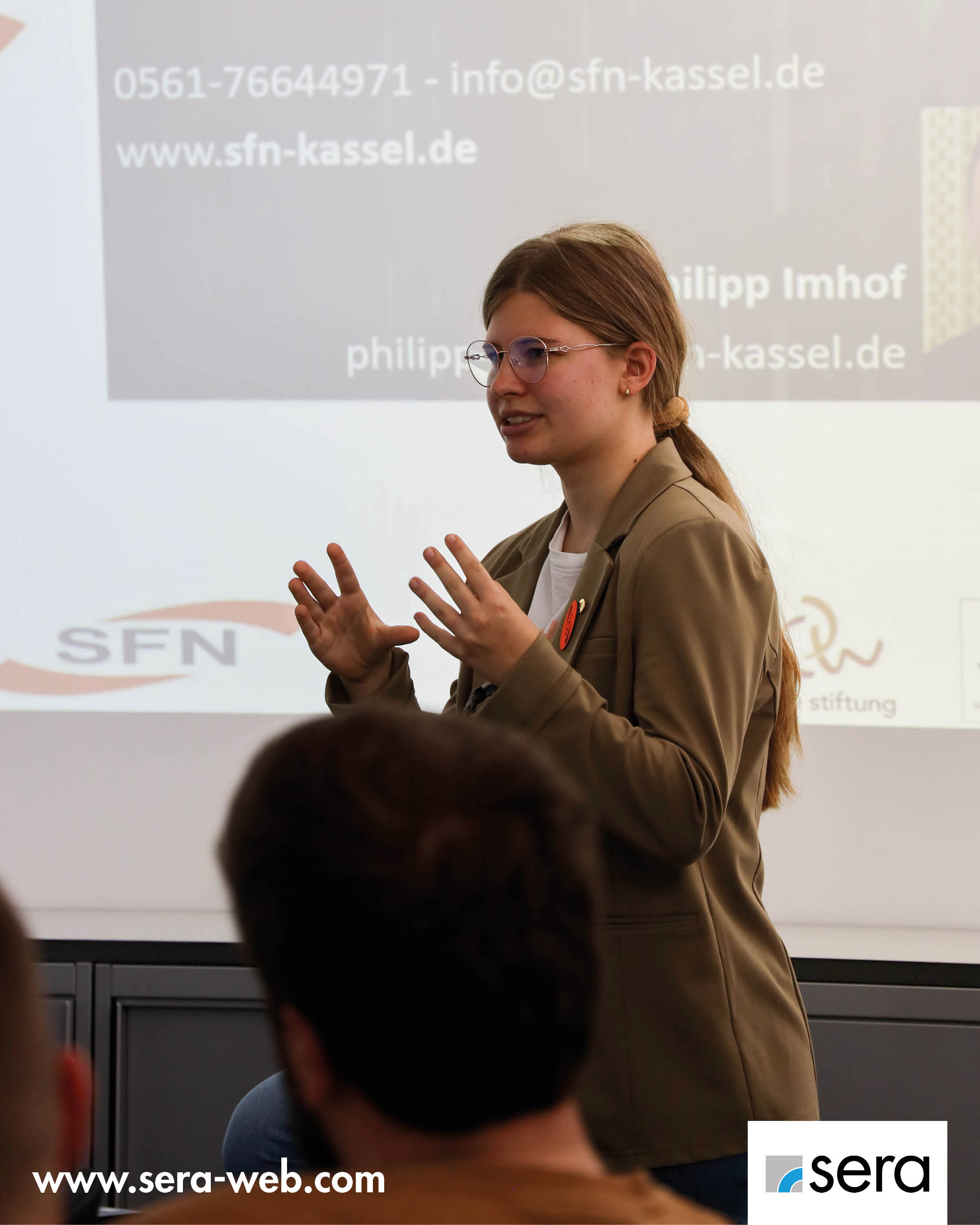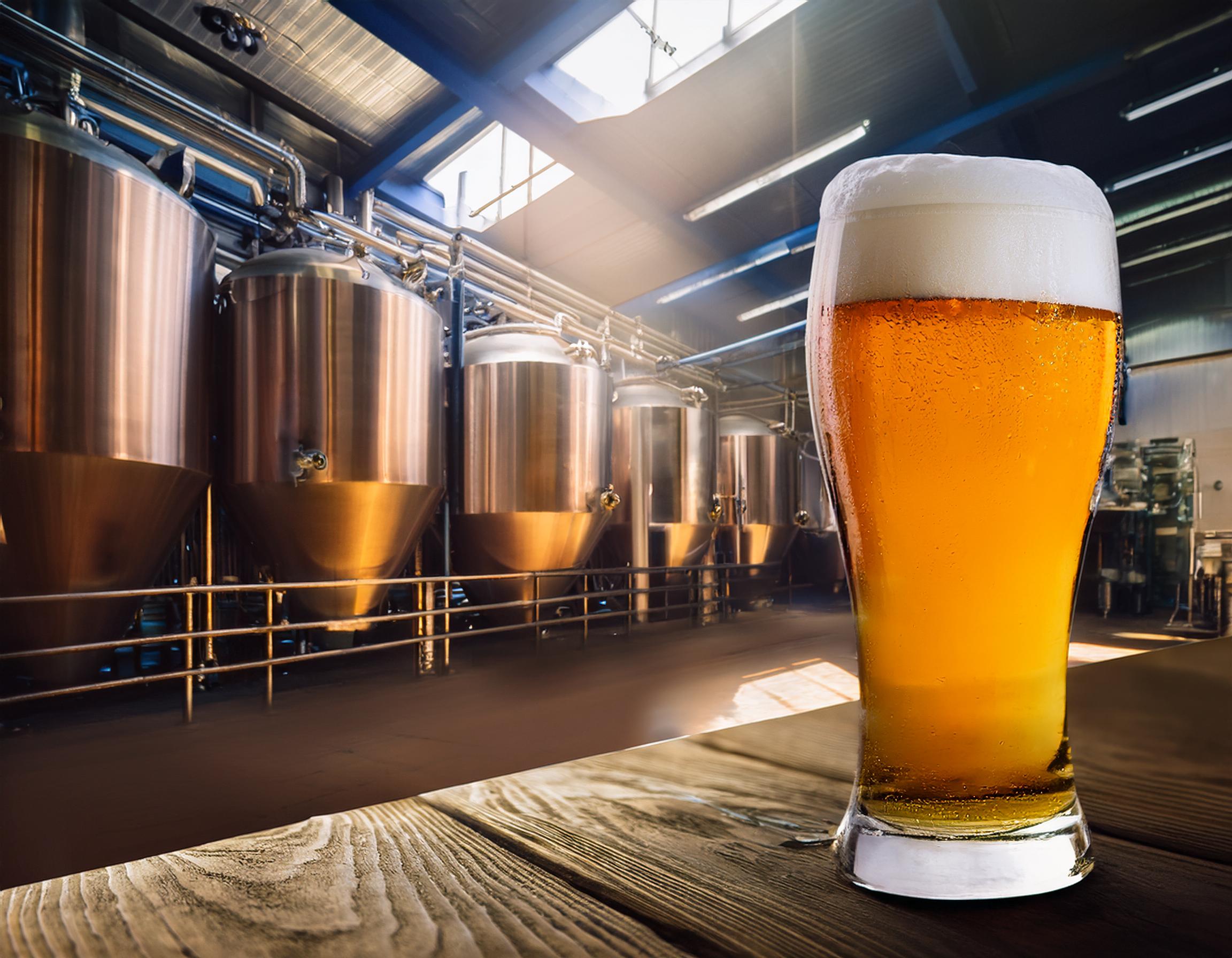The climate protection goals of the German government and the European Union require massive efforts and investments in the coming years. By 2030, industry should emit up to 143 million tonnes less CO2. Ambitious goals that can only be achieved with a holistic and sustainable concept. One important option here is the energy-centric refurbishment of industrial buildings, which is one of the most costly measures in climate protection. But the options for bringing a building up to scratch in terms of energy are as diverse as they are difficult to grasp. Insulating the façade, installing intelligent heating technology or new windows: which step brings the greatest cost-benefit effect?
We have taken up this challenge and completed a comprehensive rebuilding of our main location. And the result is something to be proud of. Both environmentally and economically.
sera has a long tradition at our company location. We have been developing, producing and selling our products from Immenhausen for more than 76 years. There are now two locations at the headquarters. As early as in 2012, the administration
building was rebuilt and renewed. Plant 2 was purchased, refurbished and put into operation in recent years. Now Plant 1 also has been fundamentally revised.
Protect the climate, increase growth potential
Companies across Germany are investing in energy efficiency and renewable energies to save energy and protect the climate. We, too, have taken up this challenge and have placed sustainability and increased efficiency at the forefront of the conversion of our Plant 1.
What were our goals? Our newly designed halls should provide us with the maximum flexibility for tomorrow’s production and allow room for expansion. In addition, we wanted to combine our sustainability goals with effective cost reductions through energy efficiency and savings. Along the way, a place should also be created where our colleagues are happy to work on the future. What have we implemented in concrete terms?
Saving electricity through better light
LED lamps are more energy-efficient than incandescent, halogen and energy-saving lamps. Energy-efficient LEDs are modern all-rounders. Brightness, light colour and dimmability can be selected. The new EU energy label also makes it easy to compare energy efficiency. LED lamps cost more to buy than a halogen lamp, but thanks to the significantly lower energy consumption, the investment pays off after about a year. After all, lighting accounts for almost 5% of annual electricity costs. Another advantage of LED lamps is that they do not get so hot.
Our new halls and outdoor areas were, therefore, completely equipped with this all-rounder.
Intelligent energy use and control
If the light in a hall is no longer needed, it switches off. This is controlled via an intelligent central control system (KNX) that monitors and coordinates ventilation and heating in addition to lighting.
Equipped with sensors, the appropriate energy management is thus operated to optimally adapt the lighting to your needs.
The so-called smart home offers many more possibilities. The demand for heat, both in production and in the operation of office and commercial spaces, is high and often unavoidable. However, efficiency can be significantly increased and specific emissions considerably reduced in various ways if the control system is directly controlled via temperature probes and other sensors, thus avoiding unnecessary or excessive consumption. By connecting to our new energy-saving heating system, we can thus save a large part of emissions and costs.
Saving energy through energy avoidance
The thermal insulation of industrial plants offers great potential. A study by the Research Centre for Energy Economics found that heat losses account for between 6% and 20% of total fuel consumption. Measures such as insulating the outer façade or installing new windows, therefore, pay off relatively quickly for companies. We have, therefore, decided to have our factory halls fitted with a completely new exterior façade, insulation of all roof surfaces and the installation of new glass fronts that provide significantly more light. This not only made our halls more energy-efficient, but also brighter and more open.
Green energy
In Germany, there are currently over 2 million photovoltaic systems with a nominal capacity of around 54 gigawatts, which in 2020 will have covered just under 10% of total gross electricity consumption – equivalent to 34.9 million tonnes of
greenhouse gas emissions avoided in CO2 equivalents.
Meaning that generating clean electricity yourself saves many tonnes of CO2 a year – and the more energy generated in this way, the better it is for the climate. The photovoltaic system uses the sun as a renewable, inexhaustible source of energy and thus contributes to the expansion of renewable energies in Germany. Those who generate their own electrical energy and also consume it directly also secure long-term independence from the electricity market. Therefore, it was obvious to also rely on a large PV system during the conversion of our plant. With the electricity we generate ourselves, we too essentially pursue two goals: sustainable energy production and independence from the electricity market of the future.
As part of the conversion, all suitable roof areas on the main site were, therefore, included in the project. The installed capacity of our new plant is currently over 300 kWp and thus completely covers the average annual consumption of Plant 1.
This will enable us to save almost 200 tonnes of CO2 per year.
Especially in the commercial sector, the generation of renewable energy makes a lot of sense, as a high rate of self-consumption can be achieved. Work there is mainly done during the day, i.e. precisely when the energy yield is particularly high.
This is due to the times of use for machines, light or heating, which essentially take place during the hours of sunshine. In order to make the most of this, an intelligent load management system has been integrated into the plant, which temporarily stores unused energy and can, for example, forward it to the additional 14 charging points for electric cars that are currently under construction. Surplus energy is finally fed into the grid. In addition, further charging points for the use of e-bikes are being planned, which will then also be integrated into the system.
By using green electricity, we are pursuing our goal of sera goes green.
Better working atmosphere and more space for efficiency
The entire area can be used much better and more
efficiently today. A larger production area was created,
giving us maximum flexibility for the changes
of the future. The completely new concept (e.g. ceiling
construction) will enable us to implement any
form of production layout in the halls in the future.
In addition, due to the high demands in our product
areas, the inspection and test rooms were improved
and expanded once again. With the new
open and transparent halls, we have created a basis
for all colleagues to feel totally comfortable and
to work together with us on the energy of the future.


